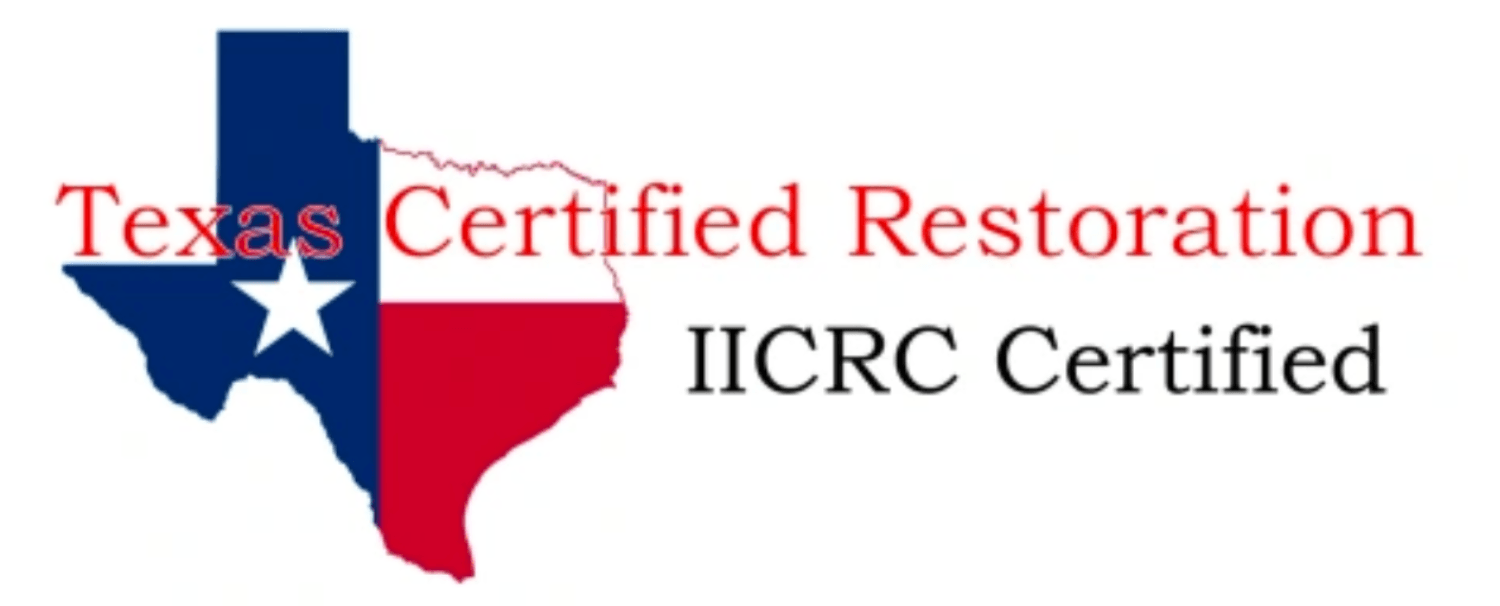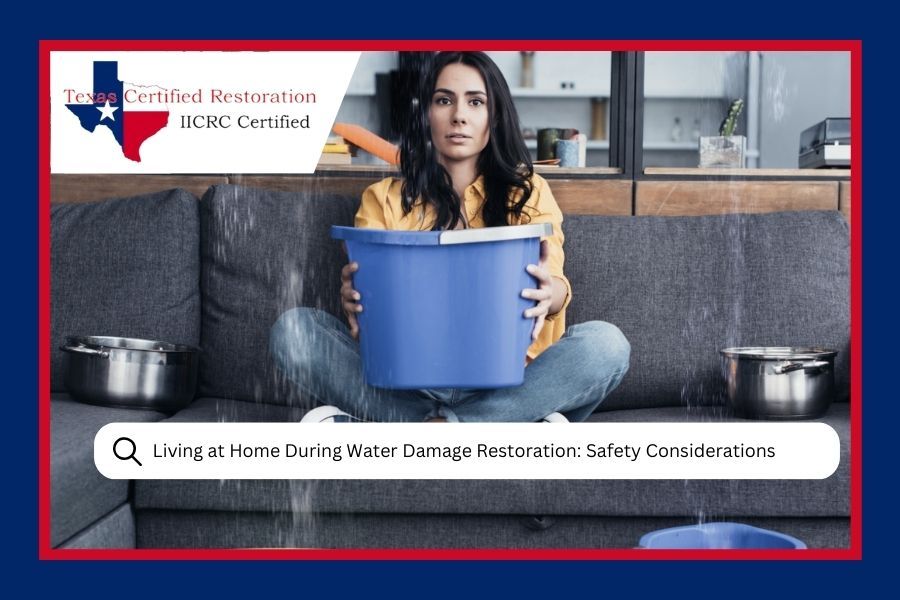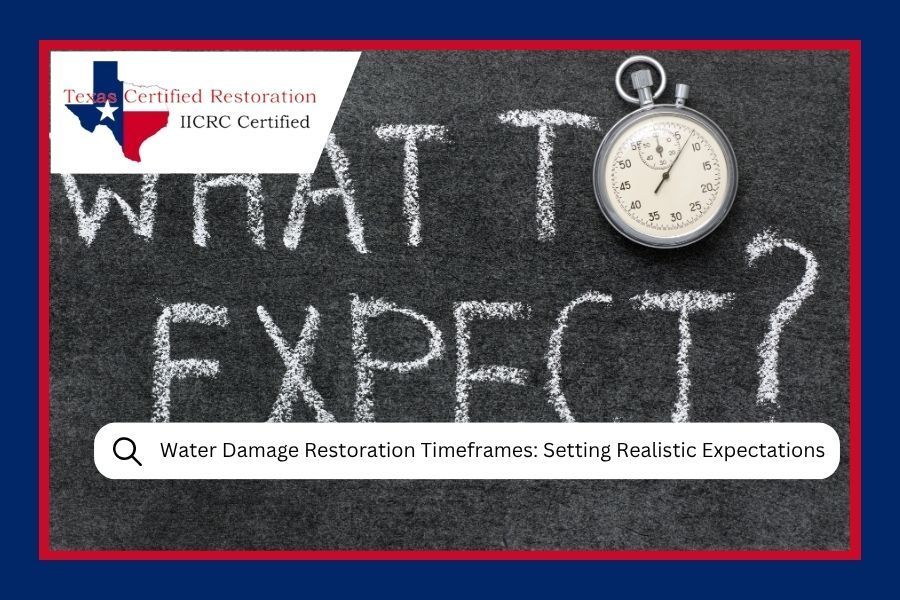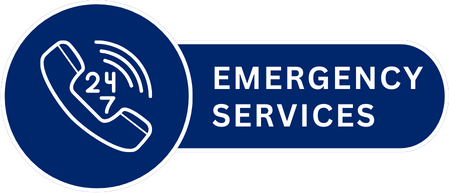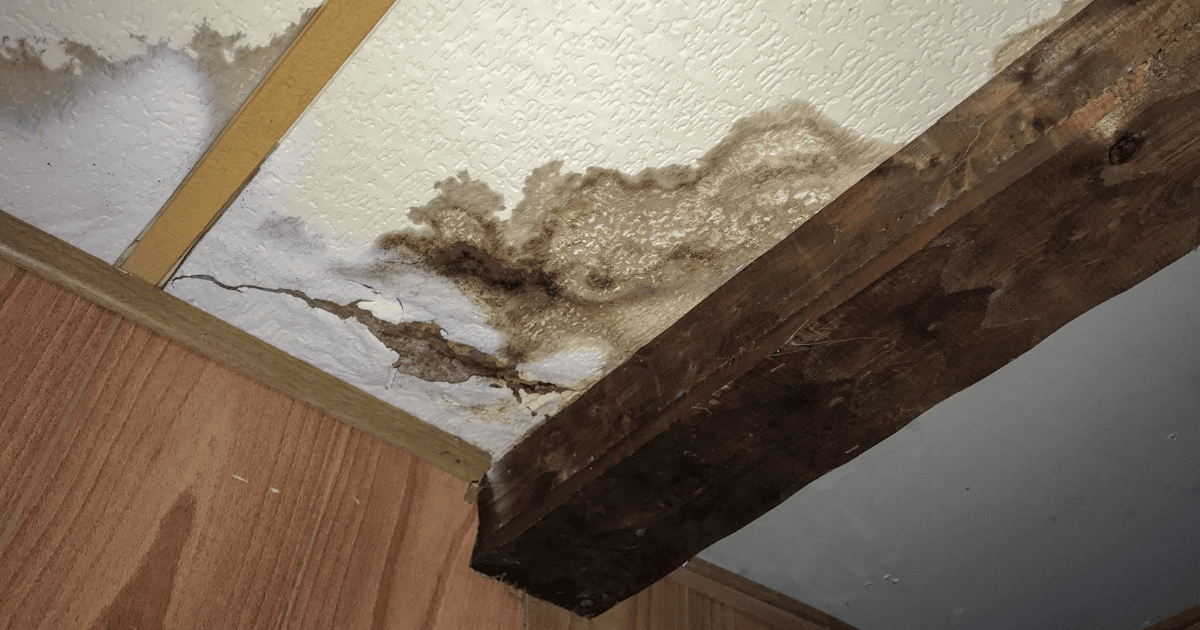
Water Damage Restoration Health and Safety Tips
Everyone knows that water damage is dangerous for a house, but many people underestimate how dangerous it can be for themselves. There’s no doubt about it. Water is a destructive force, and it can become even more harmful when it mixes with contaminants and electrical wiring.
In fact, wading through standing water after a flood is incredibly dangerous. Therefore, homeowners in Austin should wait to enter the home until they have taken the proper precautions for
water damage restoration Austin. Safety measures during the
water mitigation process is essential. Keep reading to learn more about just a few of the health and safety risks posed by water damage.
Water Damage Health Risks to Be Aware Of
Coming in contact with water after a flood can put a person’s health at risk. There is a range of problems that can come from contaminated water and secondary damage. It’s important that homeowners understand these risks so that they can protect themselves.
Mold Growth
Though mold growth might not appear upfront, that doesn’t mean there isn’t any risk. It only takes 24 hours for mold to develop in wet conditions, and it grows exponentially from there. Homeowners can quickly find themselves suffering from mold-related health problems, such as allergic reactions and respiratory problems. This is one of the primary causes of water damage becoming a long-term hazard.
Bacteria & Viruses
If a homeowner is lucky, the water in their house comes from clean sources. However, this isn’t always the case. Grey or black water can be contaminated with harmful bacteria and viruses. Not only can these microorganisms lead to serious illness, but they can also be difficult to detect. Therefore, homeowners should never enter their homes without the proper protective gear for dealing with dirty water.
Safety Risks Associated with Water Damage Restoration
Health isn’t the only concern when dealing with flooded homes. Water damage restoration safety is just as important. There are a number of ways a homeowner can suffer injuries if they attempt to the cleanup process on their own.
Electrical Hazards
Anytime there is standing water in a home, there is a risk of electrical shock. When water comes in contact with appliances, outlets, and damaged wires, it becomes incredibly dangerous for homeowners to enter the house. It’s crucial that homeowners take preventative measures to shut off their electricity. Though shutting off electric in the entire house is an option, it can make the cleanup process difficult.
Homeowners may be able to isolate the issue and shut off power in the affected area by using ground-fault circuit interrupters. However, it’s important that they wear the proper protective equipment to do so.
Slips and Falls
Even if the water isn’t deep, that doesn’t mean that homeowners shouldn’t practice water damage restoration safety. There’s always a risk of slips and falls when smooth surfaces get wet. Homeowners should use non-slip flooring materials in the areas they need to access. They should also make sure they are wearing the proper shoes to stay safe.
Exposure to Hazardous Materials
There are some instances of water damage that can put a homeowner in contact with hazardous materials. For example, damaged walls and ceilings can put homeowners at risk for asbestos exposure in old homes. There’s also the possibility of chemicals contaminating the water.
Wildlife
Finally, homeowners should always use caution when entering a home that has been damaged by a storm or flood because there could be wildlife in the water. Insects, snakes, and rodents are just a few examples of wildlife that can enter a flooded home. In some areas of Southeast Texas, there’s even a risk of alligators. Not only can these animals add to the destruction of the home, but they can also bite or sting people in the house.
How Water Damage Restoration Crews Can Prevent Health & Safety Issues
The best way that homeowners can practice water damage restoration safety is by letting professionals handle the cleanup. A crew of water damage experts can come to the home with the proper protective gear, and they can handle the entire restoration process from the assessment to reconstruction. They can also use their expertise to navigate any other risk that may appear along the way.
Find out More About Water Damage Restoration Safety
If a homeowner would like to learn more about water damage restoration safety practices, they should contact a local company. Fortunately, homeowners in the Round Rock area don’t have to look far to find a team of reliable water damage specialists.
Texas Certified Restoration has safely restored countless homes in the area, so they can be trusted to do the same for any future customers. Call (254) 212- 7183 or
fill out their online form to get in contact with a helpful representative today.
